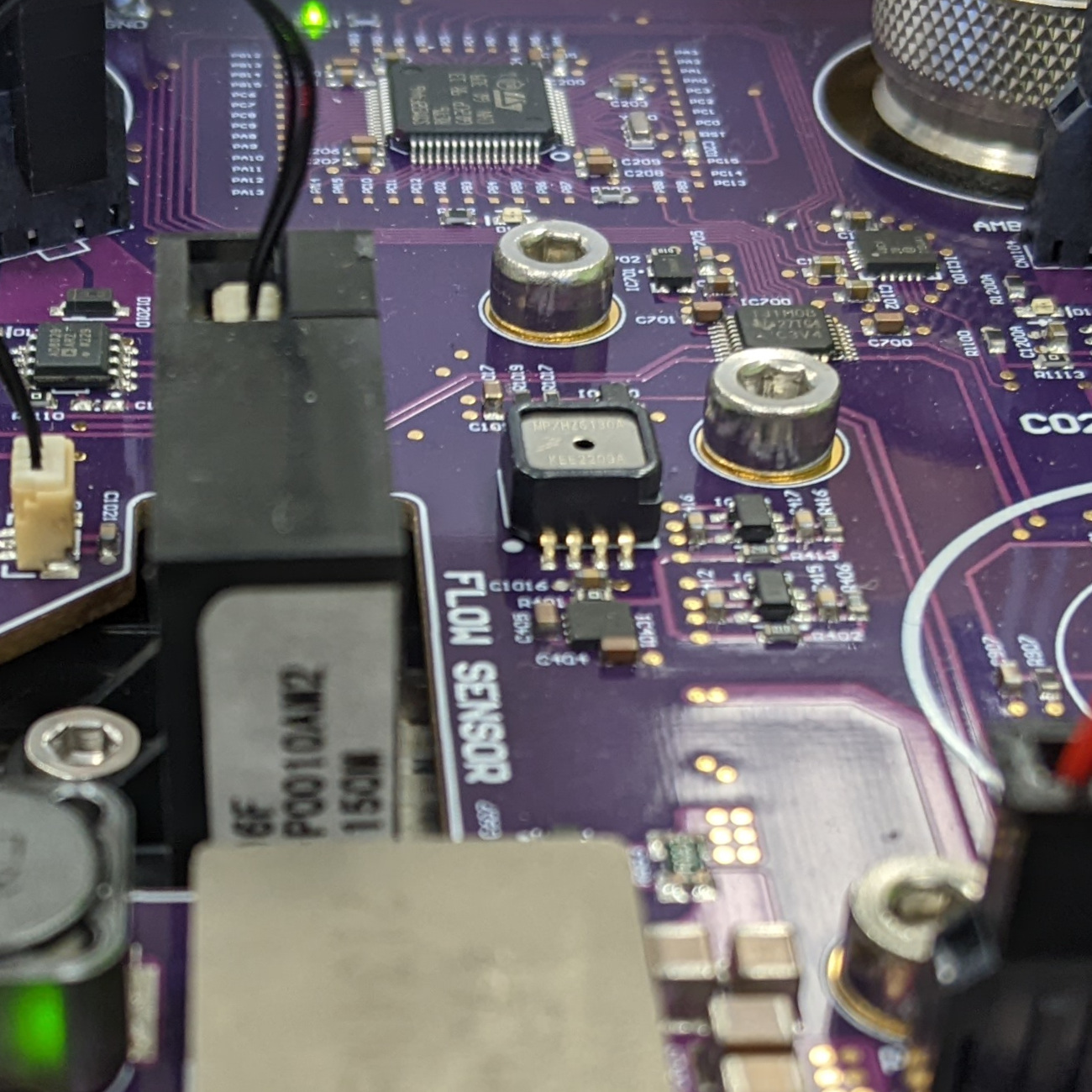
Microfluidic point-of-care assays are a hot topic nowadays and there’s lots of buzz surrounding how to make inexpensive, quick and reliable cartridges.
One area that gets less focus is how to design the actuation and quantification mechanisms within the instrument or reader.
The challenge here is to move as much of the complexity into the reader while simultaneously achieving a small, cost efficient and reliable form-factor suitable for point of care use. By the time you’ve worked through risk management and mitigated all the failure modes and edge cases that are common in complex automated systems like this, the number of discrete interfaces between the instrument and cartridge has grown extensive: electrical, mechanical, pneumatic, fluidic, optical, thermal and acoustic to name a few.
In this blog, I’d like to explore ways to leverage PCB mounted components to support the goal of compact, reliable interaction with microfluidic cartridges. My favourite architecture is to tightly integrate into a single assembly, a PCB with the pneumatics and other interface mechanisms, along with a microcontroller to manage it all. A benefit of this approach is that the assembly can be readily controlled by a PC during development and later transition to an embedded CPU once the rest of the instrument has been designed for the final product.
I’ve mentioned in previous blogs that I’m not a big fan of complicated wiring assemblies in medical devices. Microfluidic cartridge readers are a particularly satisfying opportunity to realize most of the electrical connections using PCBs rather than discrete wires. Even components that do include a wired connection can benefit from a short lead that connects to a conveniently located PCB mounted connector. This is especially pleasant when the component comes with a pre-terminated connector.
Having said all this, it’s time to start talking about the components. There are two main categories: actuation and sensing. The first category imparts energy to the card and the latter measures energy from the cards. I’m going to mostly burn through a big list to inspire your creative juices. I’ll leave it to you to imagine what you could do with all these possibilities.
In the actuation category there are some obvious choices like motors and solenoid valves. PCB mounted or mountable varieties are available and can yield a pretty compact and easily manufactured overall assembly. Some less obvious actuators include vibrators, ultrasound transducers, and electromagnets. LEDs can be used to support imaging, quantification, fluid sensing, photo-activation and curing. Heaters for thermal control can be achieved by using copper traces within the PCB itself or with surface mount resistors. If cooling is also a requirement, then Peltier modules can be used.
In the sensing category we’ve got thermistors, microswitches, optical interrupters, proximity sensors, potentiometers, color sensors, pressure sensors and quadrature encoders. Other possibilities include electrodes, gas sensors, humidity sensors, photodiodes, hall sensors, accelerometers, silicon photomultipliers and avalanche photodiodes.
A special sensor type that has multiple uses are camera sensors, both PCB assemblies and PCB mounted ICs. Cameras can be used for quantification, fluid progress monitoring, position sensing, barcode scanning, and quality control. Camera ICs are now so inexpensive that adding a few of them is not out of the question.
I’ve used a bunch of these components in microfluidic instruments and a bunch more of them I’ll likely use soon. I’m sure when you put your mind to it, you’ll think of many more.
The next time you’re dreaming up a microfluidic point-of-care diagnostic instrument, I challenge you to put as much cartridge interface functionality onto a single PCB as you can!
Kenneth MacCallum, PEng, is a Principal Engineering Physicist at StarFish Medical. He works on Medical Device Innovation for a variety of areas including microfluidic cartridge systems and ultrasound applications. Kenneth enjoys hearing from readers about their design tips, challenges and experiences.






